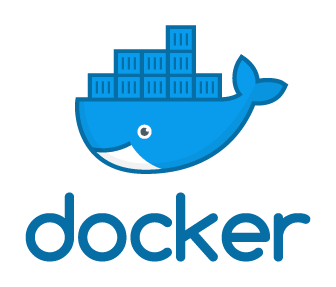Google Authenticator finally syncs one-time codes in the cloud
You may now synchronize your two-factor authentication codes with your Google account, a feature that has been long requested by users of Google Authenticator.
Thus, Authenticator won’t need to be set up separately when you configure a new phone and log in to your account. This also implies that logging back into your accounts from a different device will be less of a nerve-racking experience if you lose your phone or it is stolen.

While cloud synchronization has become quite popular in other two-factor efforts like Authy, Google took a very long time to add it to Authenticator, which debuted back in 2010. You must upgrade the Authenticator app for Android and iOS to the most recent version in order to enable cloud syncing for two-factor codes.
Also Read: Google TV now has over 800 ad-supported free channels
More information on the feature is available on Google’s support page, which also confirms that “if you’re signed into your Google Account within Google Authenticator, your codes will automatically be backed up and restored on any new device you use.”
Google’s Christiaan Brand stated in a blog post that “one major piece of feedback we’ve heard from users over the years was the complexity in dealing with lost or stolen devices that had Google Authenticator installed.
Since one-time codes in Authenticator were only stored on a single device, a loss of that device meant that users lost their ability to sign in to any service on which they’d set up 2FA using Authenticator. With this update we’re rolling out a solution to this problem, making one-time codes more durable by storing them safely in users’ Google accounts.
This change means users are better protected from the lockout and that services can rely on users retaining access, increasing both convenience and security. While we’re pushing towards a passwordless future, authentication codes remain an important part of internet security today, so we’ve continued to make optimizations to the Google Authenticator app”
However, one-time passcode cloud syncing may make it much more alluring for bad actors to attack Google accounts. If you can hack into a system, you could have access to a lot of private information. Kimberly Samra, a Google spokesperson, verified that account syncing is entirely optional.
Also Read: Google wins appeal of $20 mln US patent verdict
But if you do, don’t anticipate any additional security measures beyond Google’s basic ones. Authy offers an option to allow (or disallow) the usage of numerous devices with an account in addition to a unique password for recovering two-factor backups in order to keep out unwanted visitors.
The bland vault design of the Authenticator app will be replaced with an asterisk in Google’s colors with this upgrade.

I am a law graduate from NLU Lucknow. I have a flair for creative writing and hence in my free time work as a freelance content writer.










